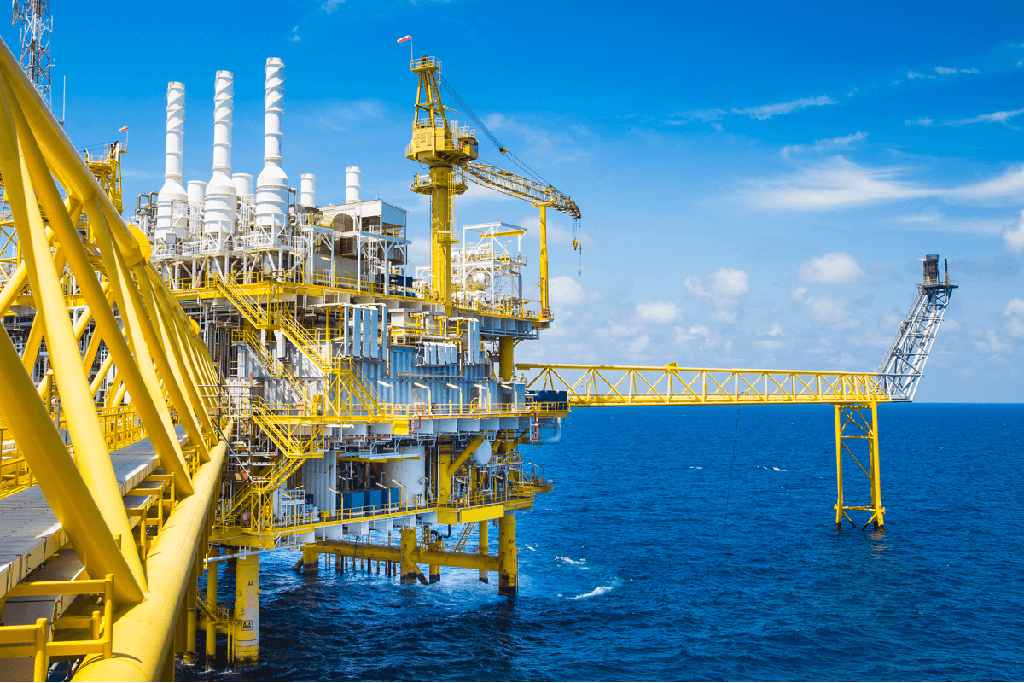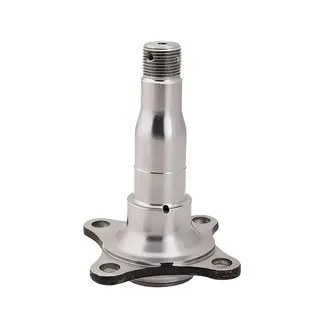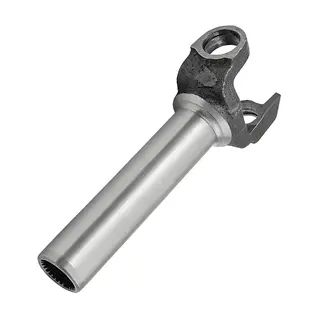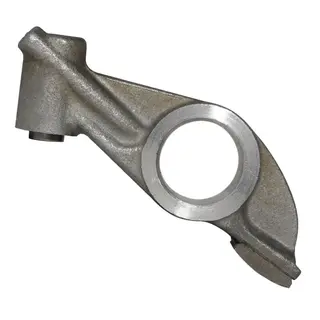Forged components are indispensable in the oil and gas industry due to their ability to withstand extreme conditions such as high pressures and temperatures. Forging is a process where metal is heated to a malleable state and then shaped under high pressure, followed by cooling to enhance the material's strength and durability. These forged parts offer superior performance, particularly in environments where reliability and safety are critical.
The oil and gas sector requires components that can endure some of the harshest conditions on Earth. The reliability of equipment is paramount, as failures can lead to costly repairs and, in worst-case scenarios, dangerous accidents. Forged components meet these demands by offering high strength, durability, and resistance to wear, making them ideal for applications in which performance is non-negotiable.
Forged parts are specifically designed to handle the intense pressures and temperatures often encountered in the oil and gas industry. This makes them crucial in preventing equipment failures and ensuring the continuous operation of systems that are vital to exploration, production, and transportation.
Forged components are used in many areas of the oil and gas industry. Some common forged parts include:
Pipes: Strong and reliable pipelines for transporting oil and gas.
Flanges: Crucial for connecting pipes and ensuring secure seals.
Hose Couplings: Used to join hoses for fluid and gas transfer.
Valves: Essential for controlling the flow of liquids and gases in high-pressure environments.
Fittings: Connective parts for pipelines and vessels.
Nozzles and Manifolds: Directing flow and connecting various parts of systems.
Forged components are used in a wide range of applications in the oil and gas sector. These include:
Piping Systems: Ensuring the safe and efficient flow of oil, gas, and other substances.
Oil Drilling Equipment: Components like drill bits, valve bodies, and other critical parts.
Gas Production Equipment: Valves and fittings that need to handle high-pressure gas flows.
Heat Exchangers: Forged parts that ensure heat transfer in processing systems.
Pressure Vessels: High-pressure tanks and containers require forged components for structural integrity.
These forged parts are often exposed to harsh conditions, requiring them to perform reliably under extreme pressure, temperature, and mechanical stress.
Strength and Durability: Forged components are significantly stronger than cast parts because the forging process aligns the grain structure of the metal, making it more resistant to high pressures, impact, and fatigue.
Corrosion Resistance: Many forged components, especially those made from stainless steel or specialized alloys, are highly resistant to corrosion. This is crucial in the oil and gas industry, where exposure to aggressive chemicals and environmental conditions is common.
Tighter Tolerances and Better Fit: Forged components can be made with tighter tolerances than cast parts, ensuring a more secure fit. This minimizes the risk of leaks or malfunctions, which is essential in high-pressure systems.
Improved Fatigue Life: Forged parts generally exhibit better fatigue resistance than cast components due to their superior grain flow and fewer internal defects.
Cost-Effectiveness: Despite the more complex manufacturing process, forged parts can be more cost-effective in the long run. The ability to produce near-net shapes with less material waste reduces production costs compared to casting.
Customizability: Forged components can be tailored to meet the specific needs of each application, ensuring compatibility with the precise requirements of various oil and gas equipment.



